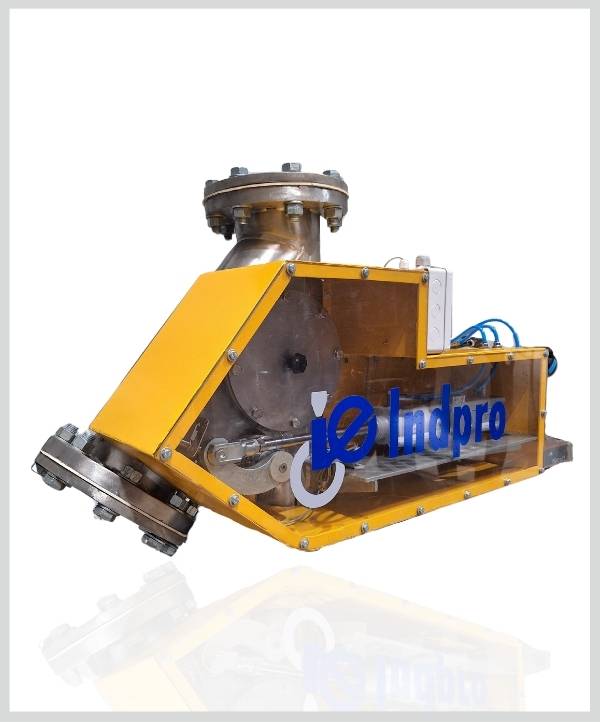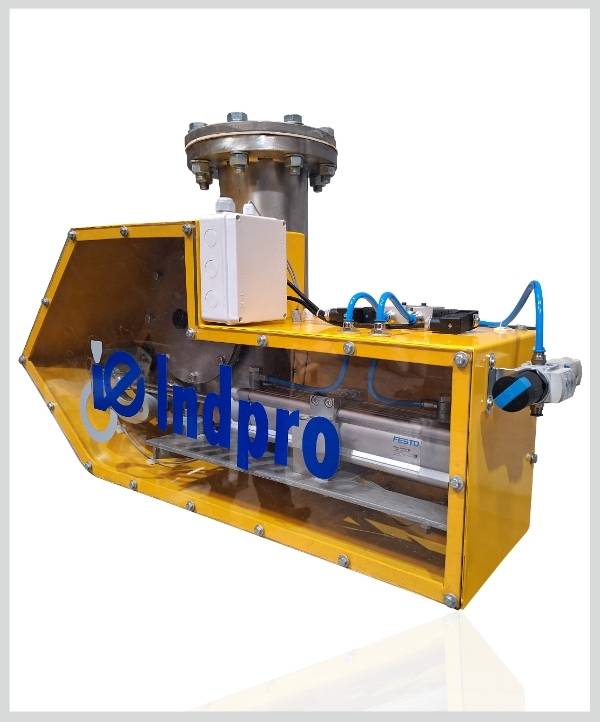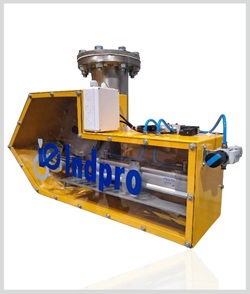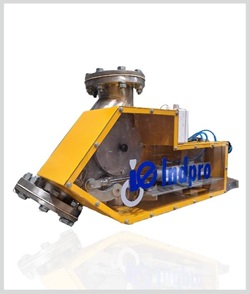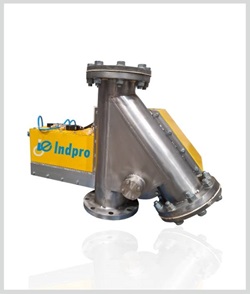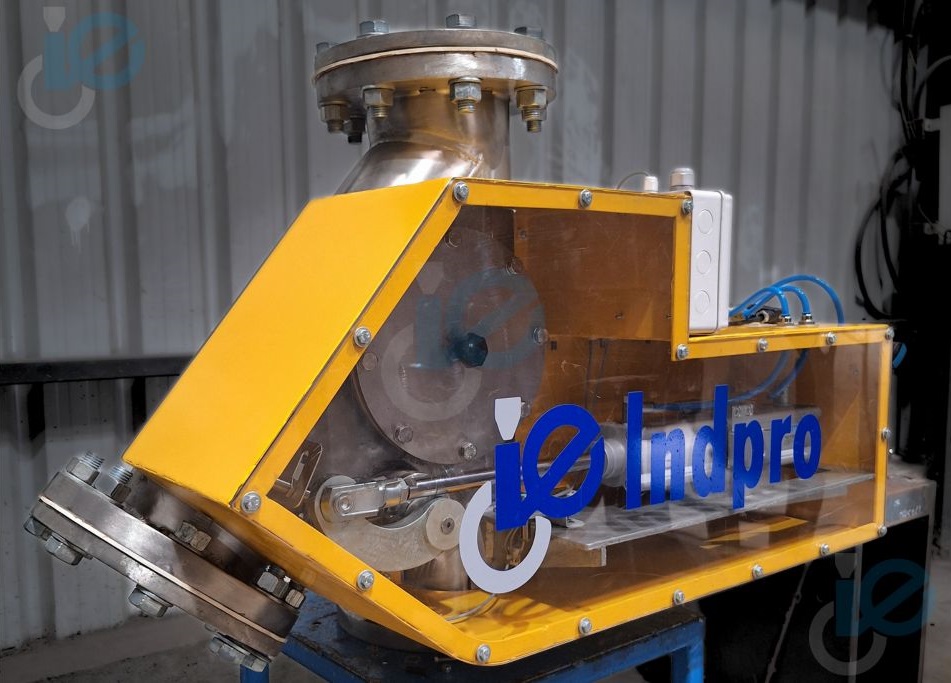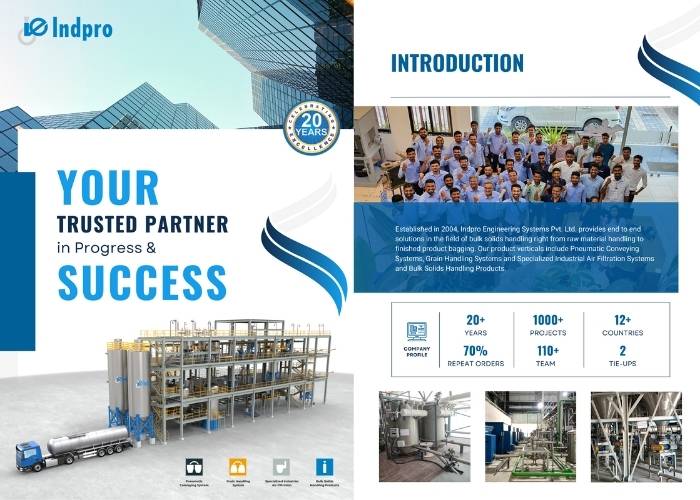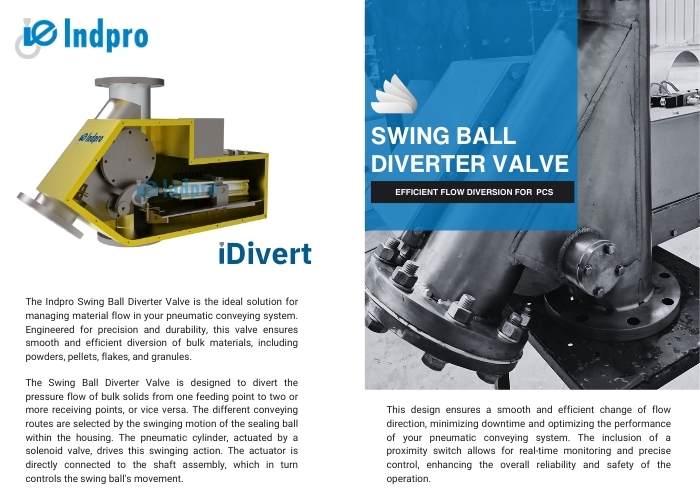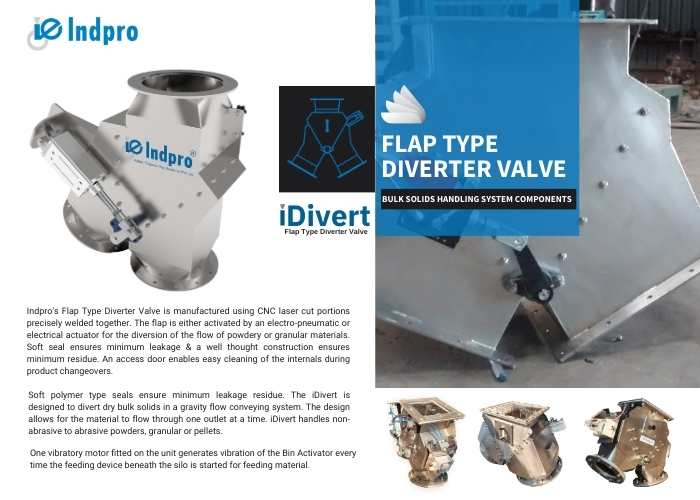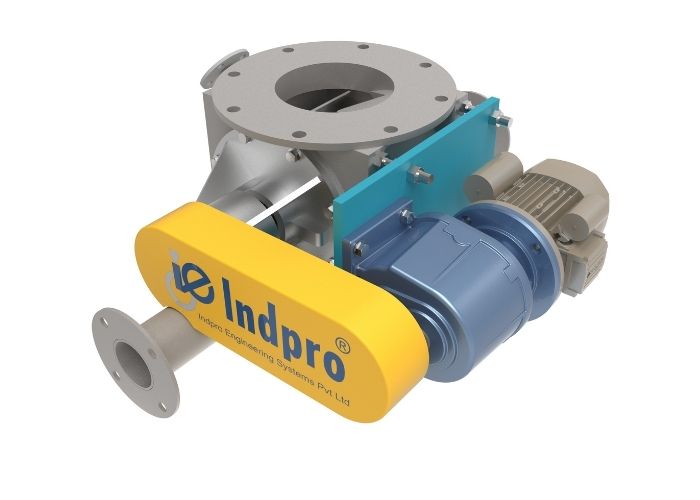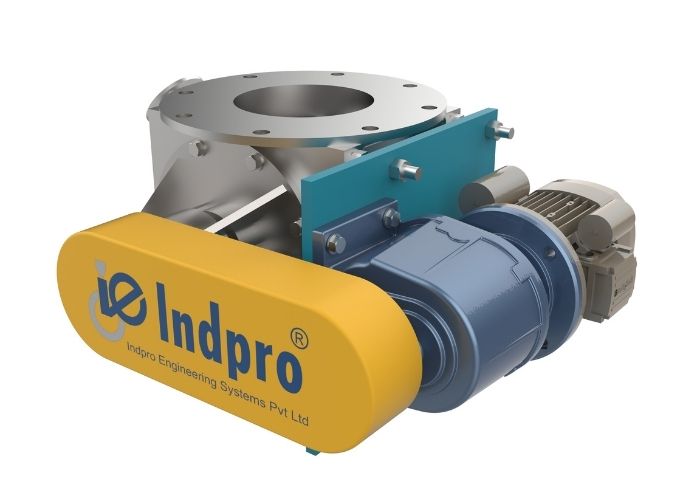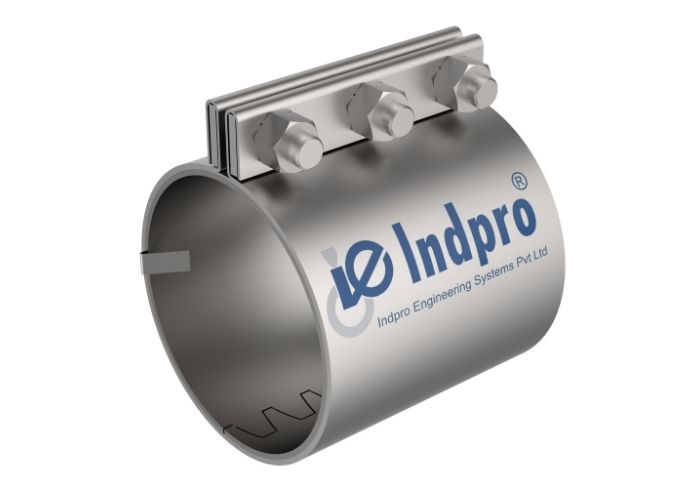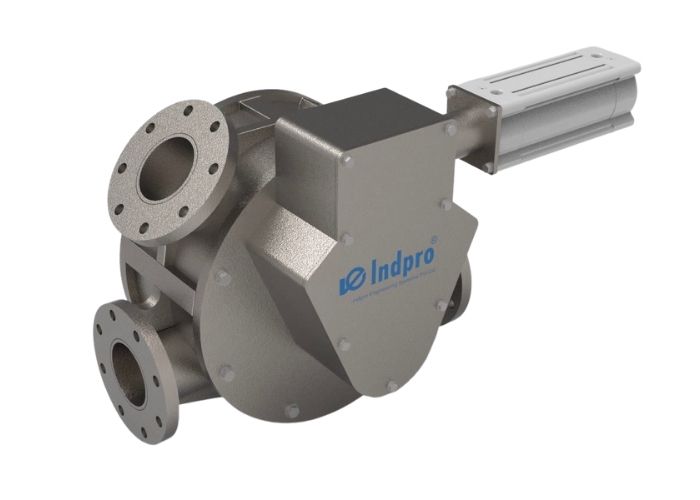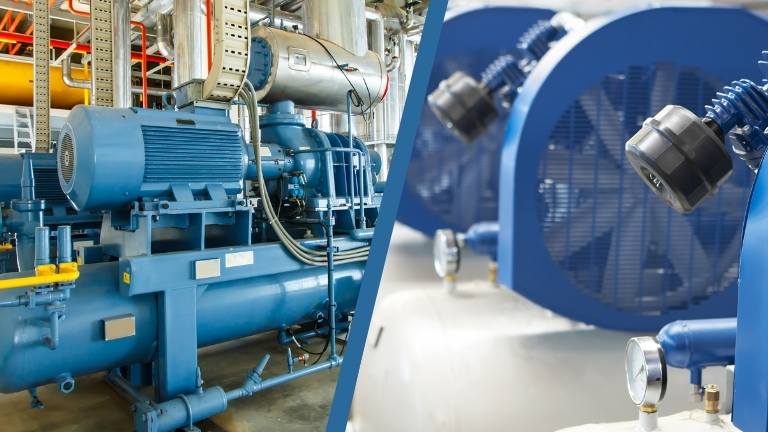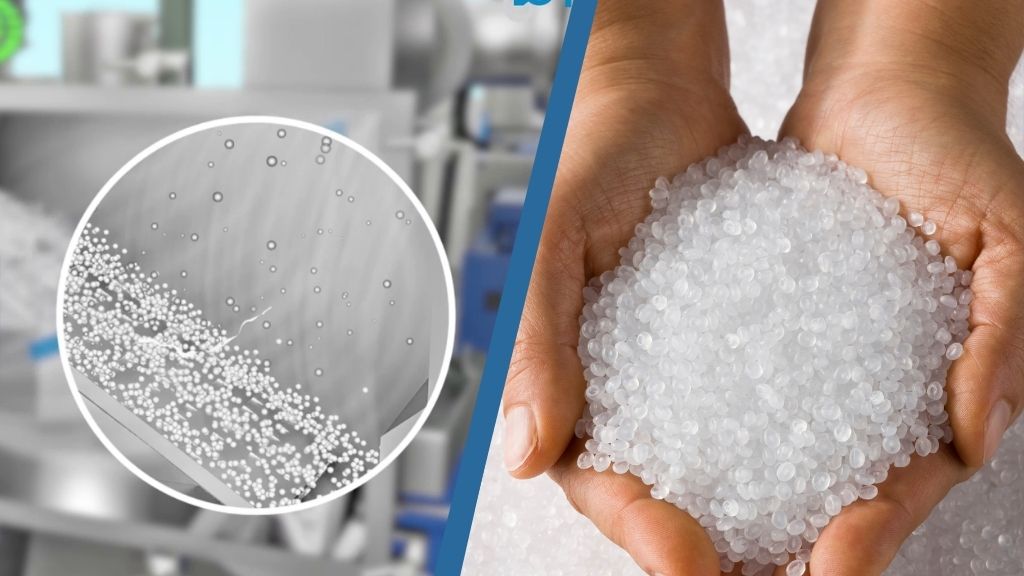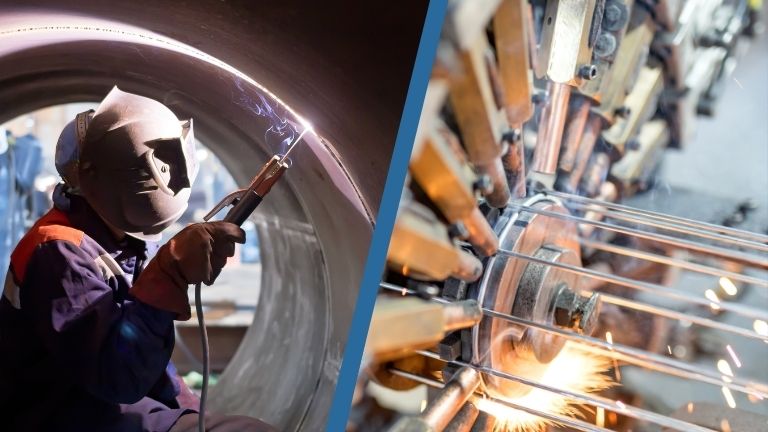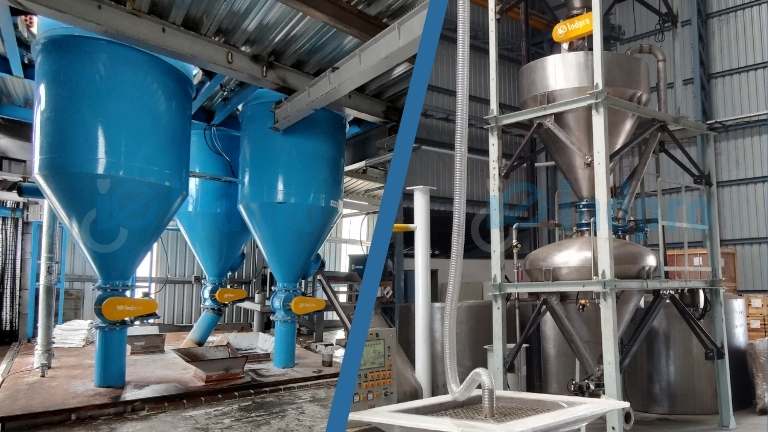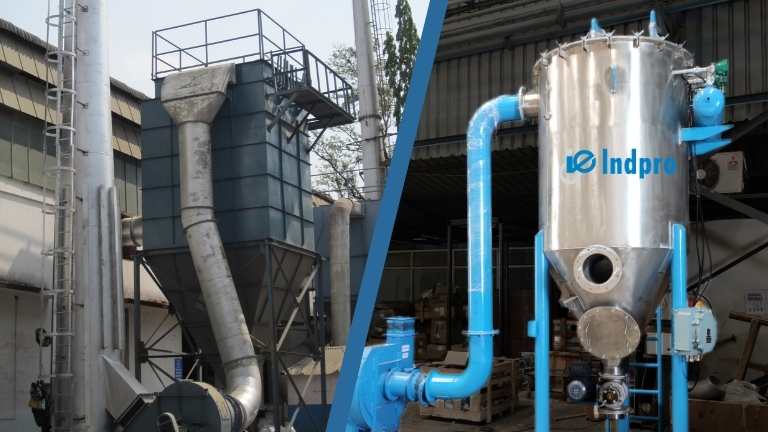Swing Ball Diverter Valve
The Swing Ball Diverter Valve is a critical component in pneumatic conveying systems, designed to change the direction of flow for bulk materials. This versatile valve can handle bulk solids in powdered, pellet, flake, or granular form, making it ideal for various industrial applications.
Using a Swing Ball Diverter Valve, bulk solids can be diverted from one feeding point to two receiving points, or vice versa. The different conveying routes are selected by the swinging motion of the sealing ball within the housing. The pneumatic cylinder, actuated by a solenoid valve, drives this swinging action. The actuator is directly connected to the shaft assembly, which in turn controls the swing ball's movement.
This design ensures a smooth and efficient change of flow direction, minimizing downtime and optimizing the performance of your pneumatic conveying system. The inclusion of a proximity switch allows for real-time monitoring and precise control, enhancing the overall reliability and safety of the operation.
Key Components:

Related Products
There are many more products and systems which you can explore
Frequently Asked Questions (FAQs)
To choose the right diverter valve for your application, consider the following factors:
- Material Flow Rate: Determine the volume of material that will pass through the valve.
- Pipeline Diameter: Match the valve size to the diameter of your existing conveying system.
- Material Characteristics: Account for the type of bulk material (powder, pellet, flake, or granular) and its flow properties.
- Operating Conditions: Consider the operating pressure and temperature ranges in your system.
Our technical support team can assist you in selecting the optimal valve based on your specific requirements.
Regular maintenance of the Swing Ball Diverter Valve includes:
- Inspection: Periodically check for wear and tear on components such as the swing ball and seals.
- Cleaning: Ensure the valve and its housing are free from material build-up to maintain smooth operation.
- Lubrication: Lubricate moving parts as recommended in the maintenance manual to minimize friction and wear.
- Proximity Switch: Verify the proper functioning of the proximity switch.
- Seal Replacement: Inspect and replace seals if they show signs of degradation to prevent leaks.
Detailed maintenance procedures can be found in the maintenance guide provided with the valve.

Indpro
Typically replies within an hour
Send Enquiry


